
The word 'radioactive' probably sets alarm bells ringing for the majority of people - and for good reason.
It describes unstable atoms emitting energy in the form of radiation, and unfortunately, this stuff does a lot of harm.
Exposure can be deadly - and at the very least, seriously damaging - for humans, while animals, plants and materials also aren't immune to it's effects.
So when you hear a place is radioactive, the best course of action would be to avoid it like the plague.
Advert
However, there are a host of areas around the world which have been contaminated - including a little known location in the UK.
Chernobyl Nuclear Power Plant, Ukraine
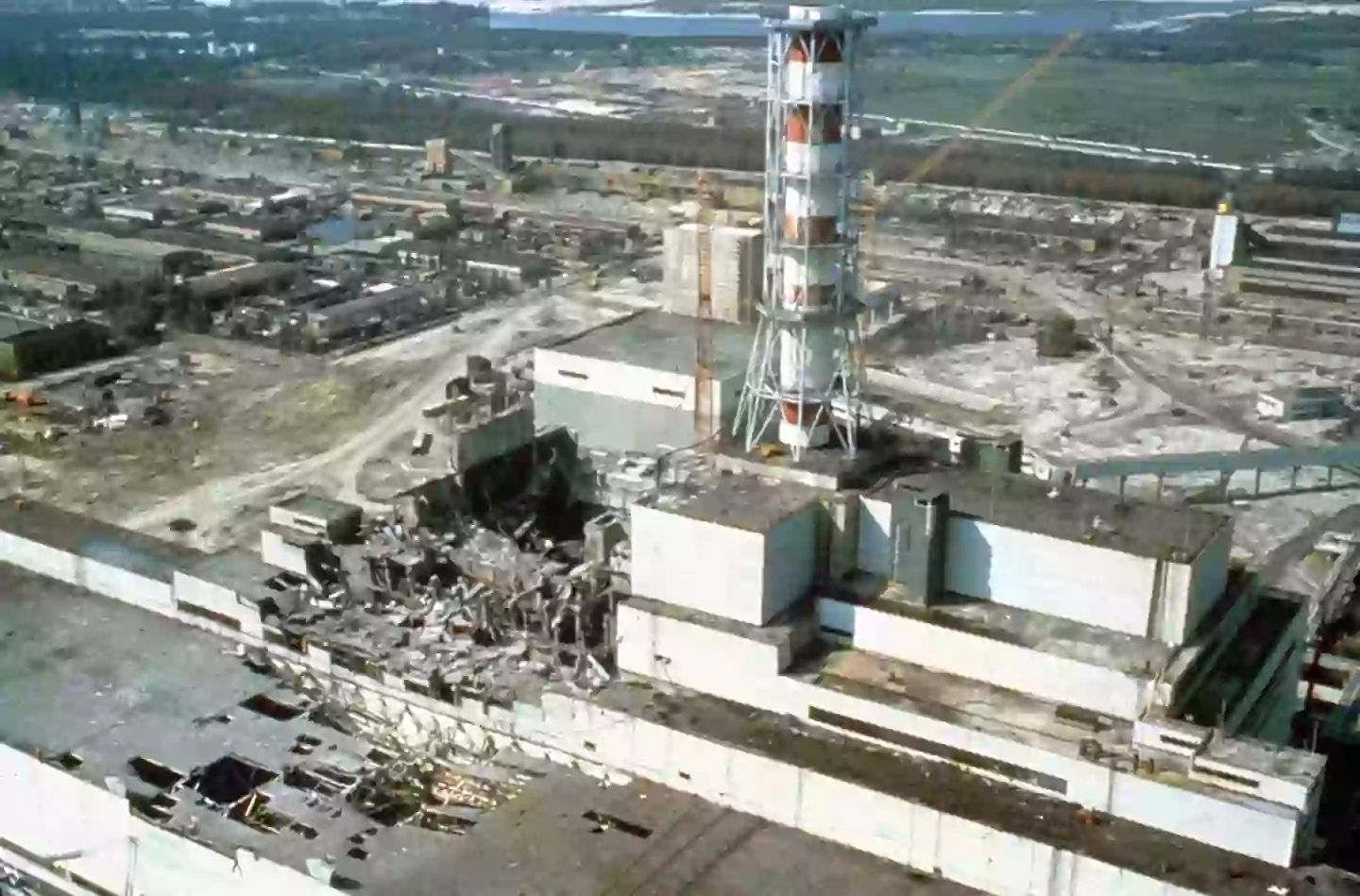
The Chernobyl Nuclear Power Plant takes the unenviable crown as being the site of the world's worst nuclear accident, which took place in 1986.
As a result of reactor number four exploding during a failed steam test and instantly killing 30 people, the place - which is located in Pripyat, Ukraine - is also known as the most radioactive place on the planet.
Advert
A number of civilians and workers in the area died from severe radiation poisoning, while others died from other health issues and terminal illnesses from the unsafe levels of radiation put into the atmosphere.
It is still by far and away the worst nuclear disaster in human history, reportedly costing governments around $700 million (£532 million) to deal with, while the area remains uninhabitable.
However, last year scientists found that one unlikely animal had managed to defy the death sentence, which radiation exposure usually brings.
Fukushima Daini Nuclear Power Plant, Japan
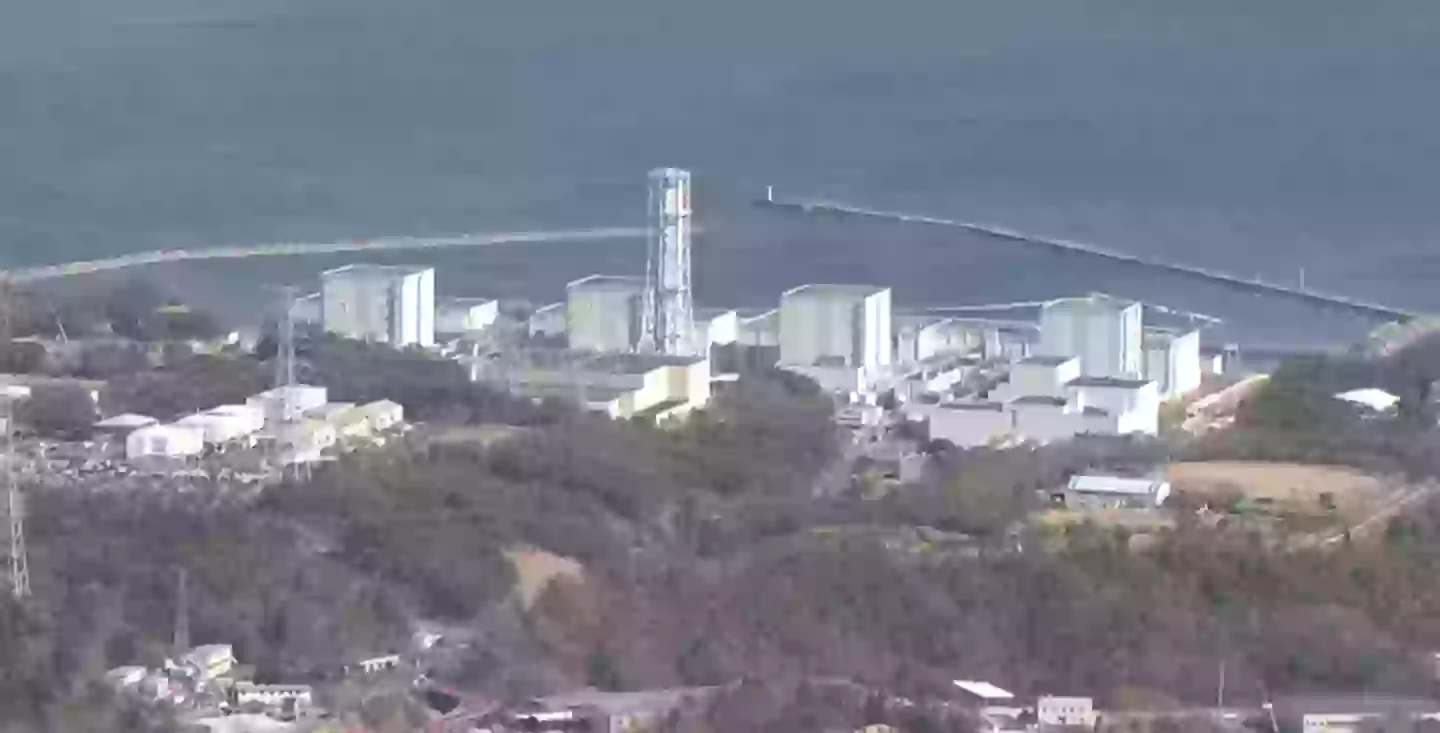
Advert
Japan's Fukushima Daini Nuclear Power Plant was the site of a major incident in 2011, when an earthquake and tsunami caused havoc.
The natural disasters had damaged the power station's backup energy sources, meaning the reactors were unable to cool down properly after being shut off.
This resulted in a containment of radioactive materials being breached, seeing this horrible stuff leak into the Pacific Ocean.
In wake of the incident, the Fukushima Daini Nuclear Power Plant was shut down and an exclusion zone was put in place.
The Tokyo Electric Power Company (TEPCO) announced the plant would be decommissioned in July 2019 - however, experts say this process could take 44 years.
The Hanford Site, United States
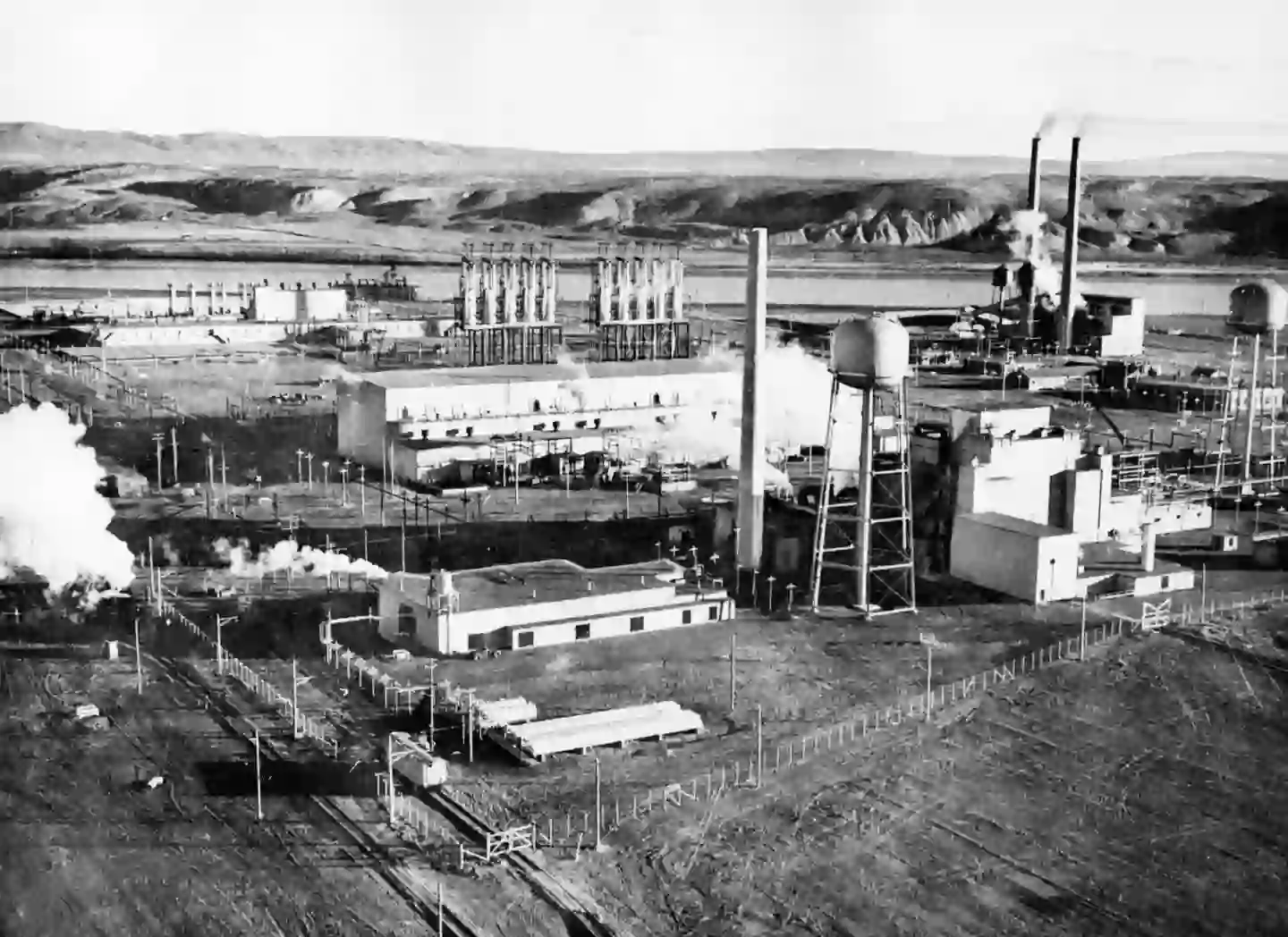
Advert
Alongside the Columbia River in Washington State sits The Hanford Site, which is an integral part of the US' history with nuclear weapons and nuclear energy development.
It was established in 1943 as part of the Manhattan Project, and was home to the the first full-scale plutonium production reactor in the world, as well as being an integral research base during the World War II and the Cold War.
The Hanford Site produced almost two thirds of the radioactive metal used in Uncle Sam's nuclear weapons stockpile, with about 60,000 being made there - including the bomb which was dropped on Nagasaki in 1945.
After the US had enough plutonium to sink a battle ship, the nine nuclear reactors and five large plutonium processing complexes were all shut down by 1971.
Still, there are 177 underground storage tanks which hold approximately 56million gallons of radioactive and chemical wast at Hanford.
Advert
The US Department of Energy (DOE), Washington State Department of Ecology and US Environmental Protection Agency (EPA) have just hashed out an agreement on how to clean up the stuff, according to Nuclear Engineering International (NTI).
Semipalatinsk Test Site, Kazakhstan
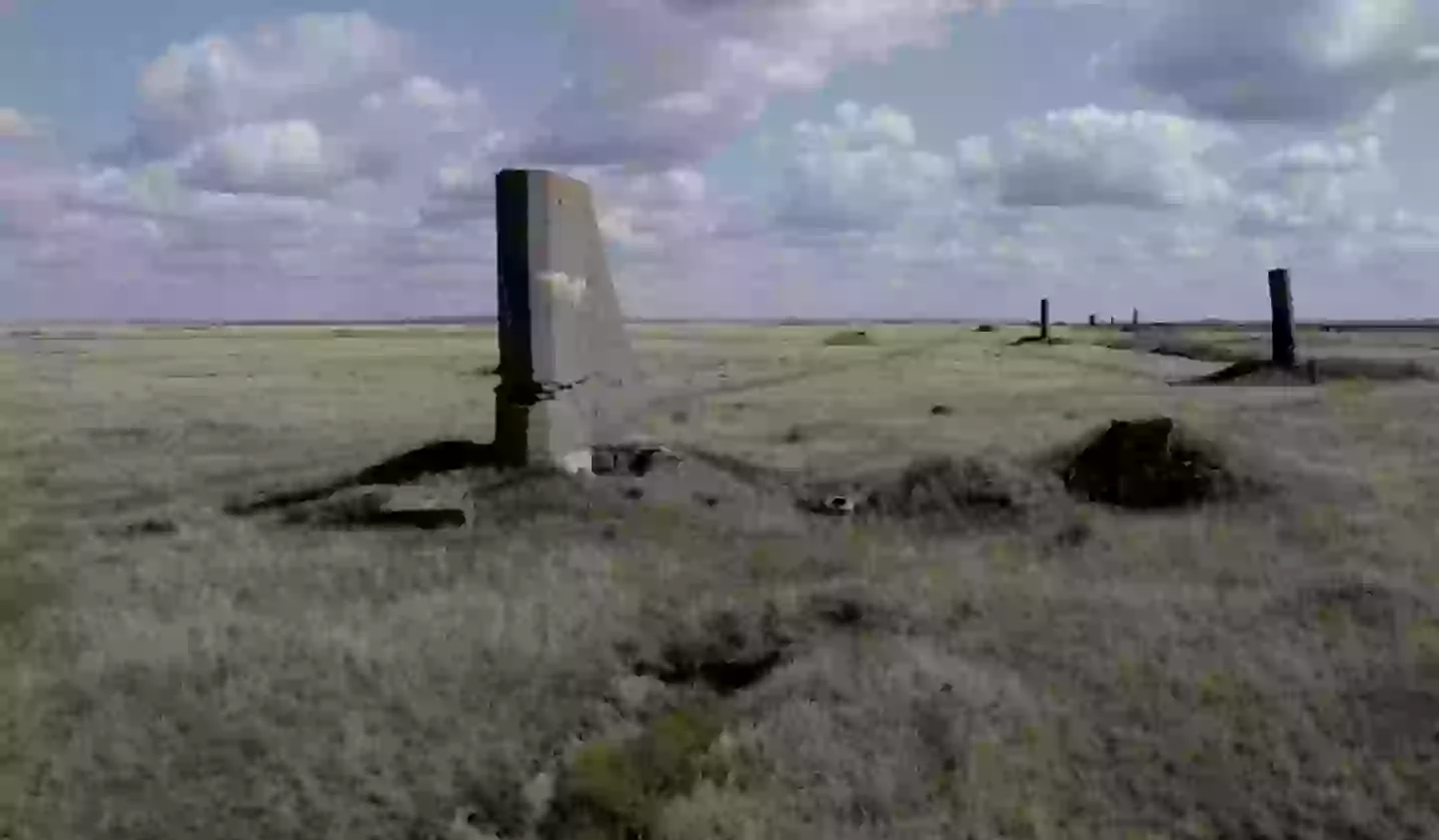
The Soviet Union's favoured testing site for nuclear weapons was the Semipalatinsk Test Site back in the day, which was otherwise known as The Polygon.
Situated in the Abai region of Kazakhstan, a whopping 456 nuclear tests took place at this complex between 1949 and 1989, including the first atom bomb and first air-tested hydrogen bomb.
The fallout from this has been horrific, according to experts, as it is estimated that 1.5million people were exposed to radiation.
A BBC report from 2010 stated that one in 20 children in Semipalatinsk are born with genetic defects, while about 200,000 locals developed cancer.
The Semipalatinsk Test Site was shut in August 1991 and is under the jurisdiction of the National Nuclear Center of the Republic of Kazakhstan who are 'involved in civilian activities and conversion of the site to non-defence uses', according to The Nuclear Threat Initiative.
Mailuu-Suu, Kyrgyzstan
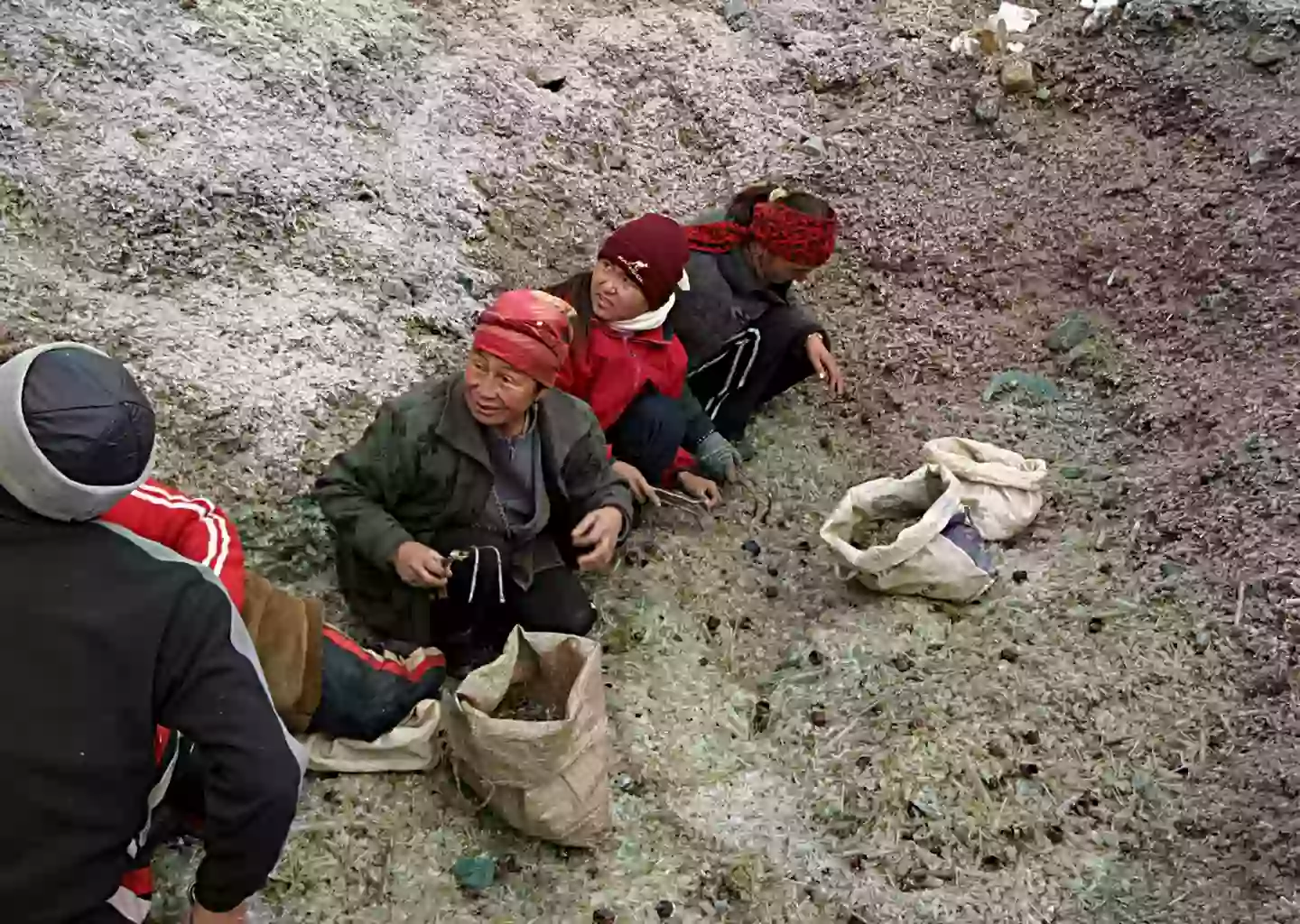
The mining town of Mailuu-Suu in Kyrgyzstan sits on top of a lot of uranium, which the Soviet Union mined a lot of during the Cold War, producing about 10,000 metric tonnes of the stuff.
While doing this between 1946 and 1947, they also left behind a host of heavily contaminated waste.
This radioactive material was dumped both above and below the surface in the country in Central Asia, and the ramifications of this remain ongoing.
Residents reported being 'full of illness' and told how 'many people have cancer and leukaemia', The Guardian reported in 2015.
Locals complained that there hasn't been any action taken about the deadly waste, despite the collapse of the Soviet Union in 1991.
In a 2010 report warning Mailuu-Suu was in dire need of a clean up, the International Atomic Energy Agency said: "Production targets usually took precedent over environmental, health and safety standards."
Siberian Chemical Combine, Russia
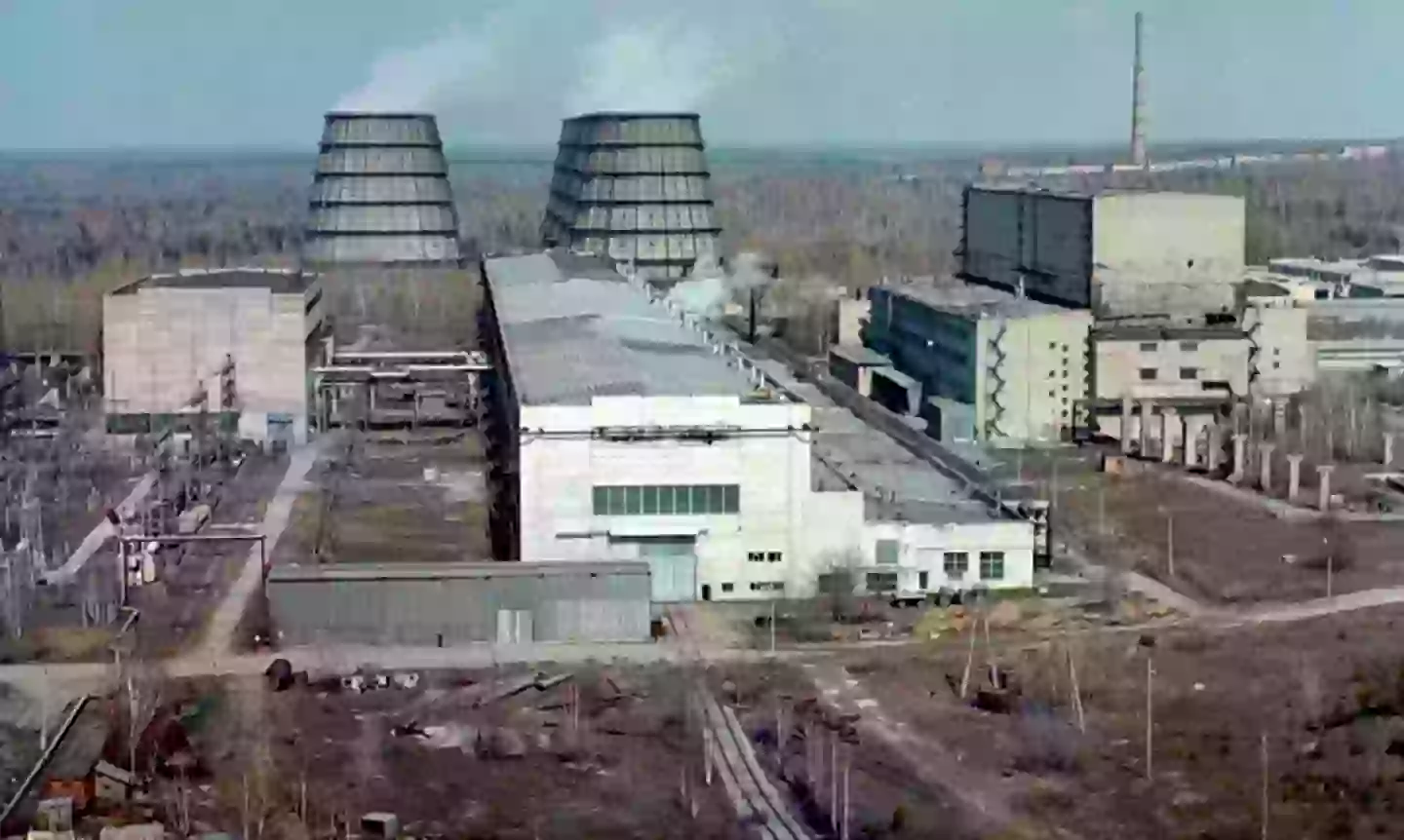
In Seversk, Russia, there is the Siberian Chemical Combine which was built as a site to create nuclear weapons components.
Producing plutonium and highly enriched uranium, the complex was a valuable asset during the Cold War but production ceased after the conflict ended in 1991.
The last plutonium production reactor was shut down in 2008, NTI explains, but added that 'studies suggest it remains a major site for the storage and handling of weapon-usable fissile materials and nuclear weapons components'.
These days, the Siberian Chemical Combine supplies Russia's low enriched uranium fuel needs.
It is one of the biggest sites that stores low and intermediate level nuclear waste from reprocessing, with more than 30 million cubic meters stored via deep-well injection.
Sellafield, UK
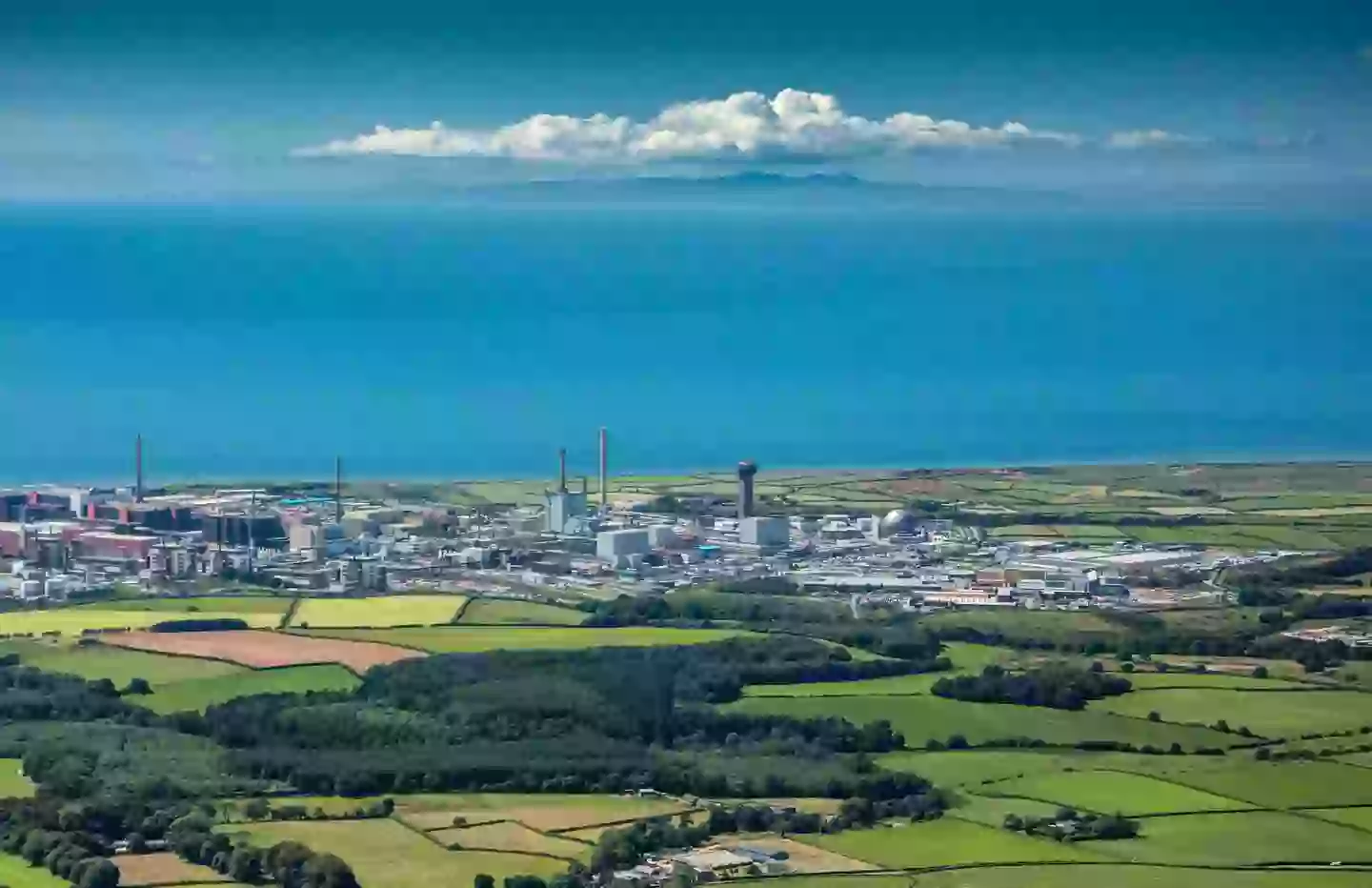
Although a lot of Brits aren't aware, the coast of Cumbria houses a large multi-function nuclear site which was used to produce plutonium for nuclear weapons.
Previously known as Windscale, this place is the largest nuclear site in Europe, which experienced a horror incident in 1957 when there was a fire in Windscale Pile number one.
This released radioactive waste into the environment, which is believed to have caused cancer in hundreds of people.
These days, it manages more radioactive waste in one place than any other nuclear facility in the world as it is used for nuclear fuel reprocessing and decommissioning.
A National Audit Office report published last year described Sellafirled as the 'UK's most complex and challenging nuclear site' which 'holds a legacy of contaminated buildings, untreated waste and ageing facilities'.
The Somali Coast, Somalia
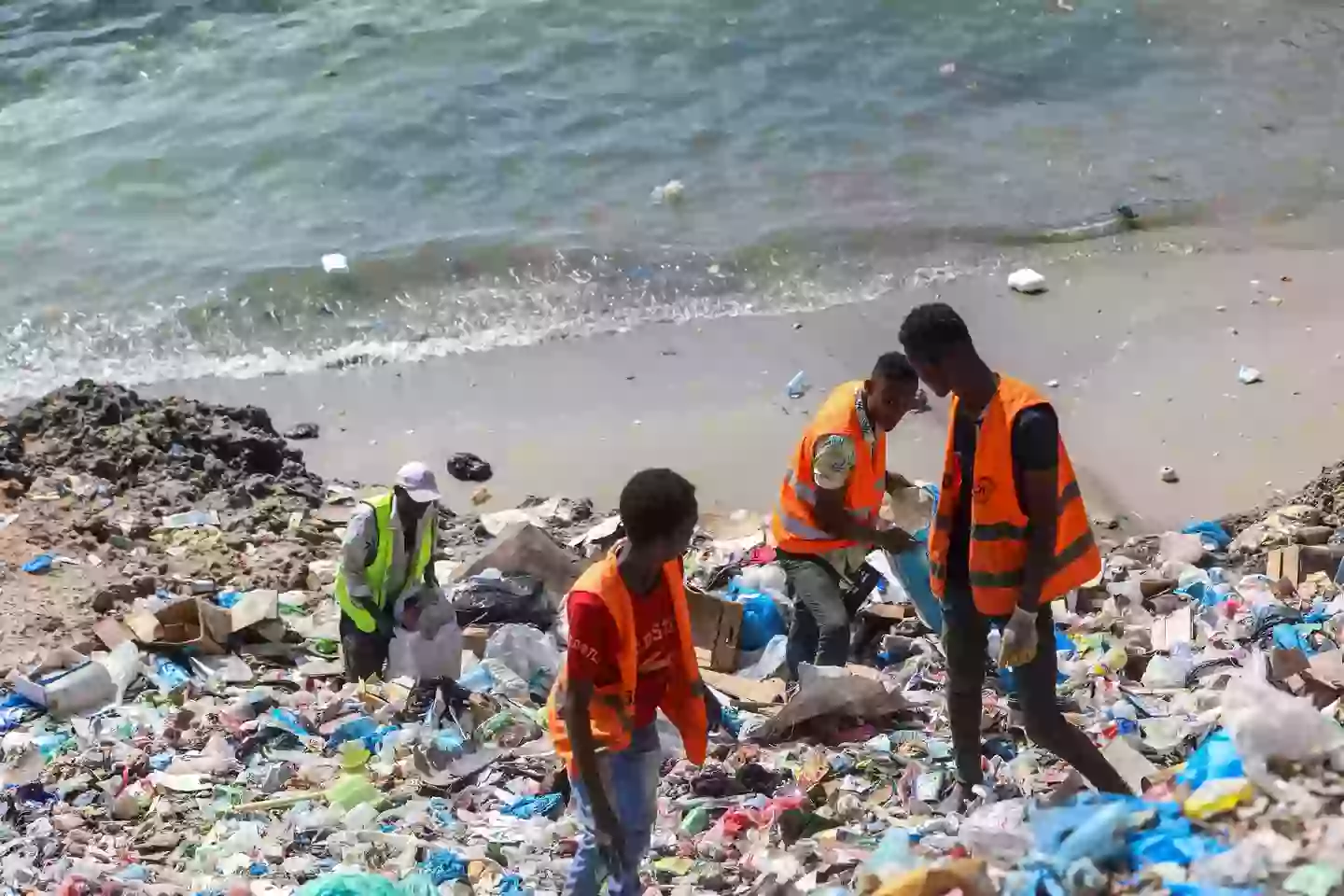
Although idyllic, the Somali Coast has been polluted with all kinds of toxic waste over the last few decades, including the radioactive kind.
The United Nations Environment Program (UNEP) reported that barrels of unknown material washing up on shores in 2004, which have drastically affected locals health and livelihoods, but this could have been going on since the 1990s.
Five years later, UNEP spokesman Nick Nuttall told Voices of America that the coastline has essentially been used as a dumping ground.
"There's uranium radioactive waste, there's leads, there's heavy metals like cadmium and mercury, there's industrial wastes, and there's hospital wastes, chemical wastes, you name it,” Nuttall said.
"It's not rocket science to know why they're doing it because of the instability there."
He claimed that it costs European companies £190 per ton to get rid of waste on their own continent, while it's just £1.90 to do it on Somalia's coast.
Karunagappalli, India
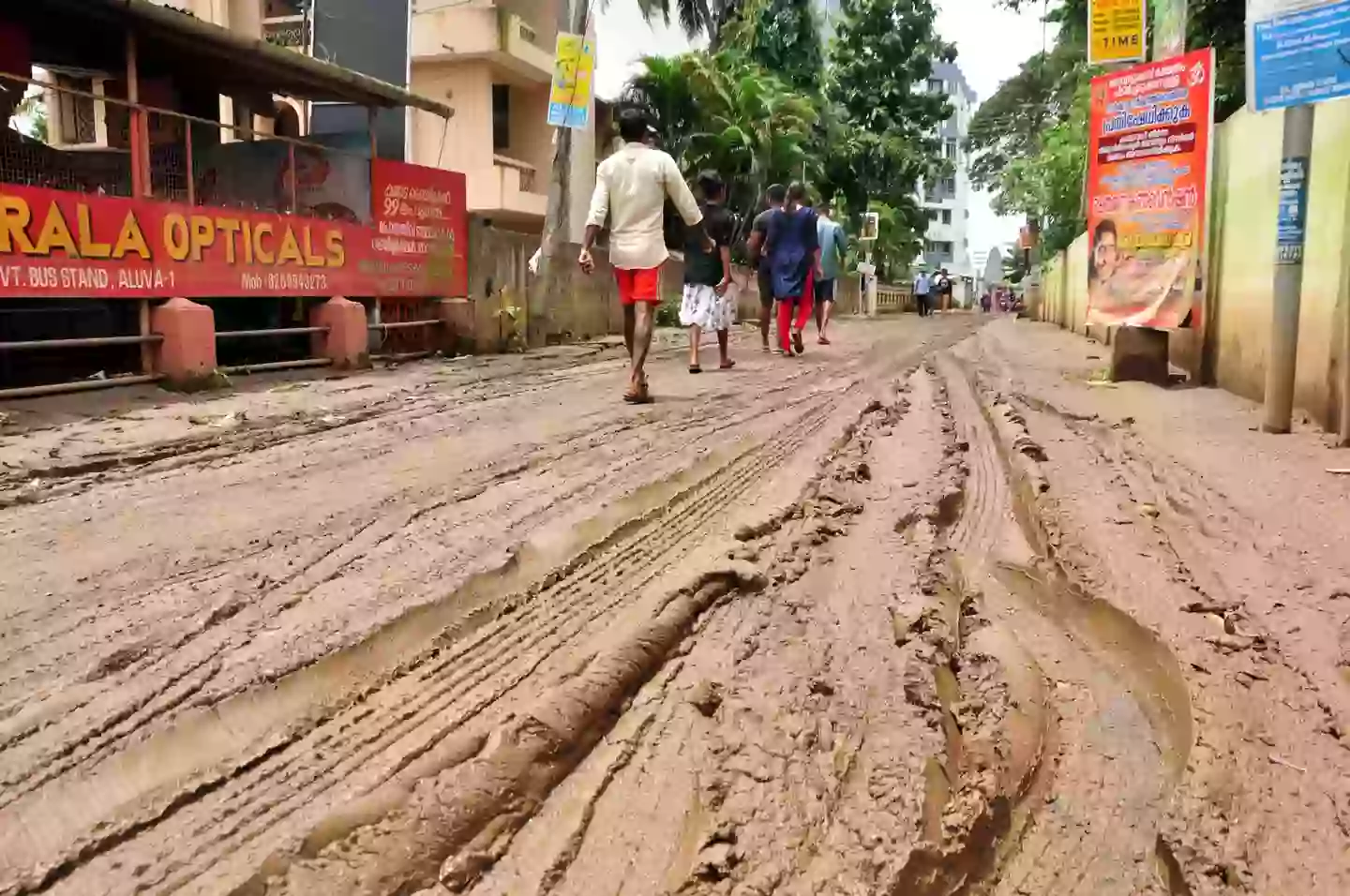
Thanks to the levels of thorium - a radioactive metal that occurs naturally in soil, water, and rock - in Karunagappalli, this small coastal village in India is pretty radioactive.
It reportedly has the world's highest level of natural radioactivity in a densely populated area and a large study of all 385,103 residents was launched in the 1990s to investigate the health effects on them.
The research found that after more than a decade, 1,379 cancer cases including 30 cases of leukaemia were identified, however 'no cancer site was significantly related to cumulative radiation dose'.
Still, other scientific investigations have suggested that there is still a higher reading of radiation per person in Karunagappalli, due to the excess of thorium there.
In some areas, the median outdoor radiation levels are more than 4 mGy/yr, while it's as high as 70 mGy/yr in some spots on the coast.
Goiás, Brazil
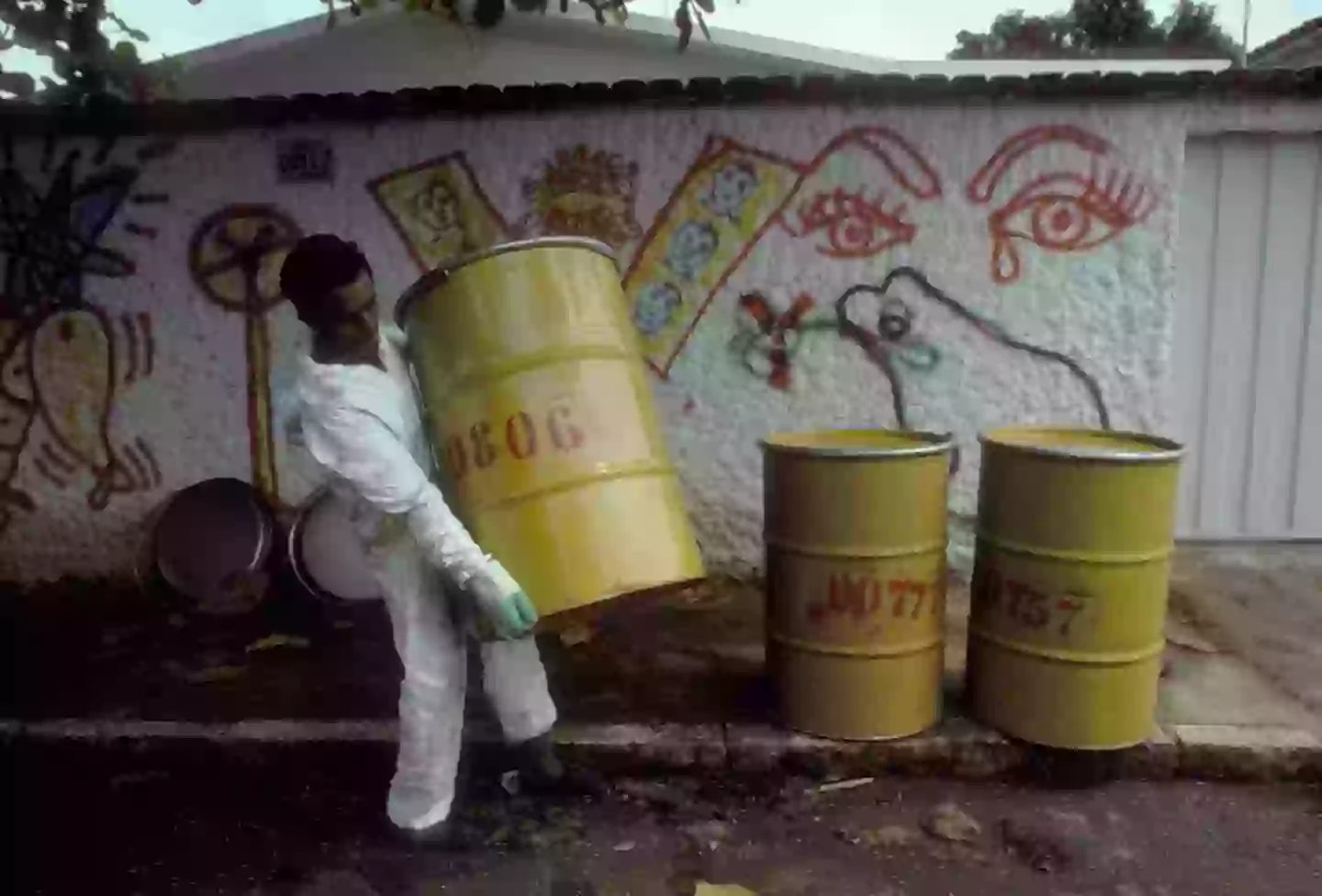
Back in 1987, chaos unfolded in Goiás, Brazil after an unsecured radiotherapy source was stolen from an abandoned hospital in the city.
After reportedly passing through multiple hands, the machine was opened and the lead capsule containing the alkali metal caesium was removed.
Some forms of this soft, silvery-white metal that can be found in nature and in nuclear waste are radioactive - and this was, so those who handled it exposed themselves.
Four people died as a result of this, while a whopping 112,000 people had to be examined in case they had also been contaminated, which 249 of them had been.
The IAEA described it as 'one of the world's worst radiological incidents' in history.
The clean up job was a mammoth one, involving the demolition of several houses, the destruction of contaminated possessions and several sites had to have topsoil removed too.
Topics: World News, Science, Health, History